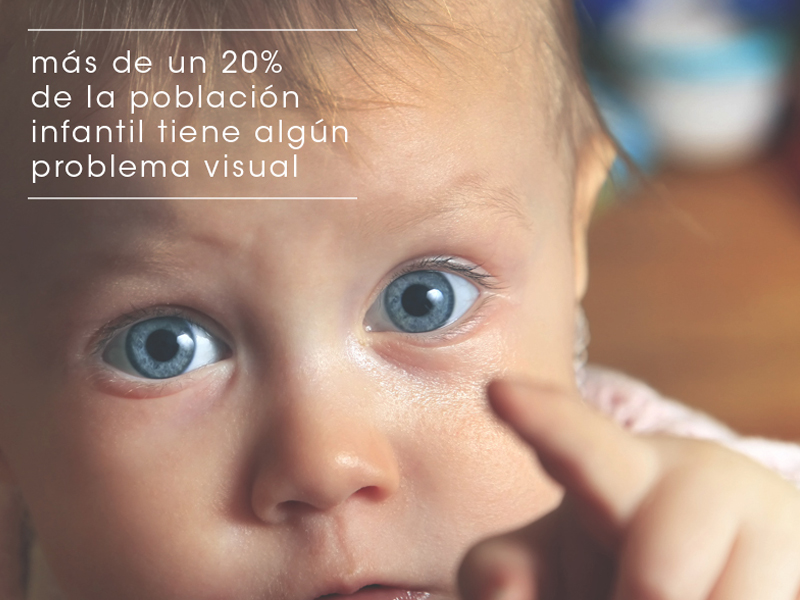All about the skin around the eyes and “drooping” eyelids
04/04/2025

23/02/2016
It is estimated that more than 20% of children have a vision problem, which means that about one in four school-age children suffers from a vision disorder. The most frequent eye diseases that can affect children are refractive errors and strabismus.
Optical defects appear when the eye is unable to focus the image on the retina, and are basically three: hyperopia (farsightedness), myopia (nearsightedness) and astigmatism.
Hyperopia
In hyperopia, the eye is short or has little power to focus, so that the image is focused behind the retina making objects up close appear blurred. In mild to moderate hyperopia, the child can make an effort of accommodation and focus on the retina, thereby improving vision. However, this prolonged exertion causes fatigue, headaches and eye discomfort.
Myopia occurs when light rays focus in front of the retina because the eye is large or the focusing power is excessive, making distant objects appear blurred. In this case, the child will not be able to make any effort to compensate myopia and improve distance vision.
Astigmatism
Astigmatism is due to an unequal curvature of the cornea so that the rays are focused at several points of the retina, affecting both far and near vision.
Strabismus
Strabismus is the loss of parallelism of the eyes and is estimated to affect approximately 4-6% of children.
Strabismus can be congenital or of very early onset, appearing the first months of life, or later, towards 3-4 years of age. There are different factors that can influence its appearance, such as optical defects, poor vision in one eye, or malaise, but in most cases the cause is not known.
Parents, teachers or caregivers may suspect that the child does not see well if he/she comes too close to objects, moves clumsily, has a tendency to wink or squints, presents excessive blinking and eye irritation when doing homework, complains of headaches after school or school performance is poor.
Dra. Idoia Rodríguez Maiztegui